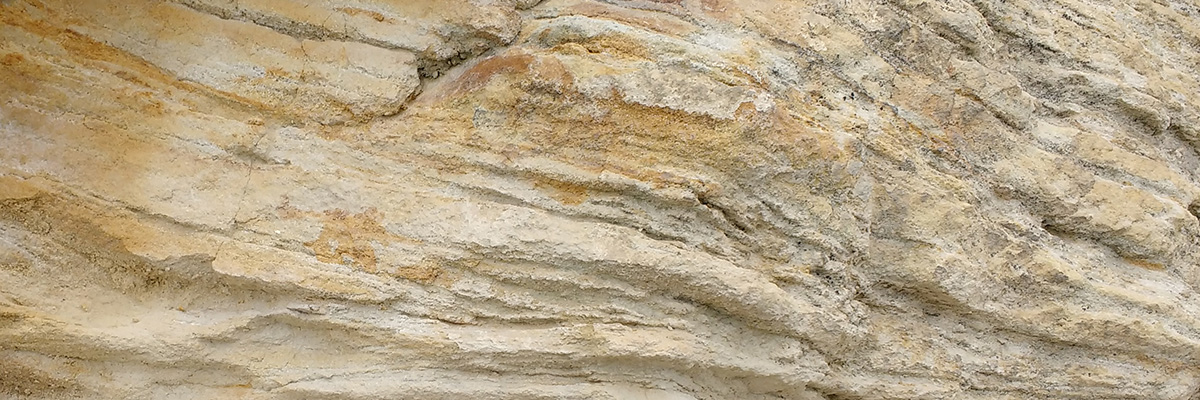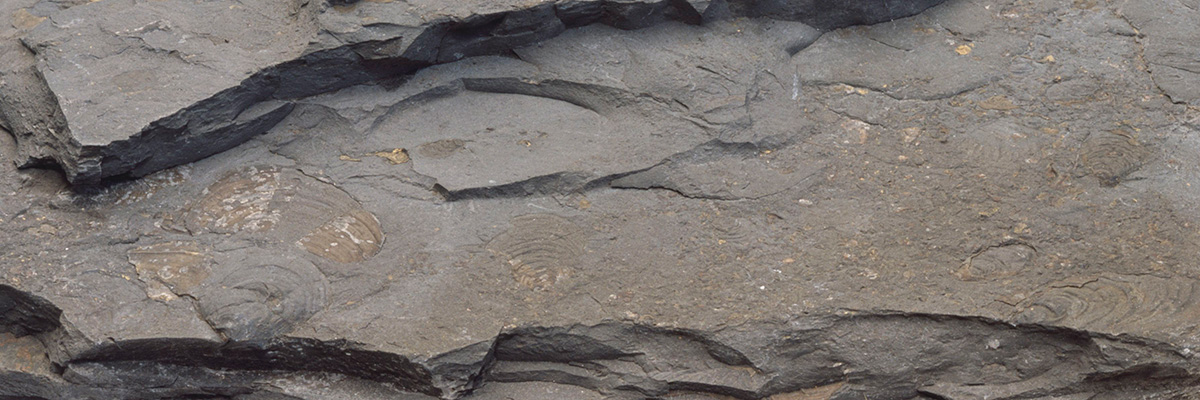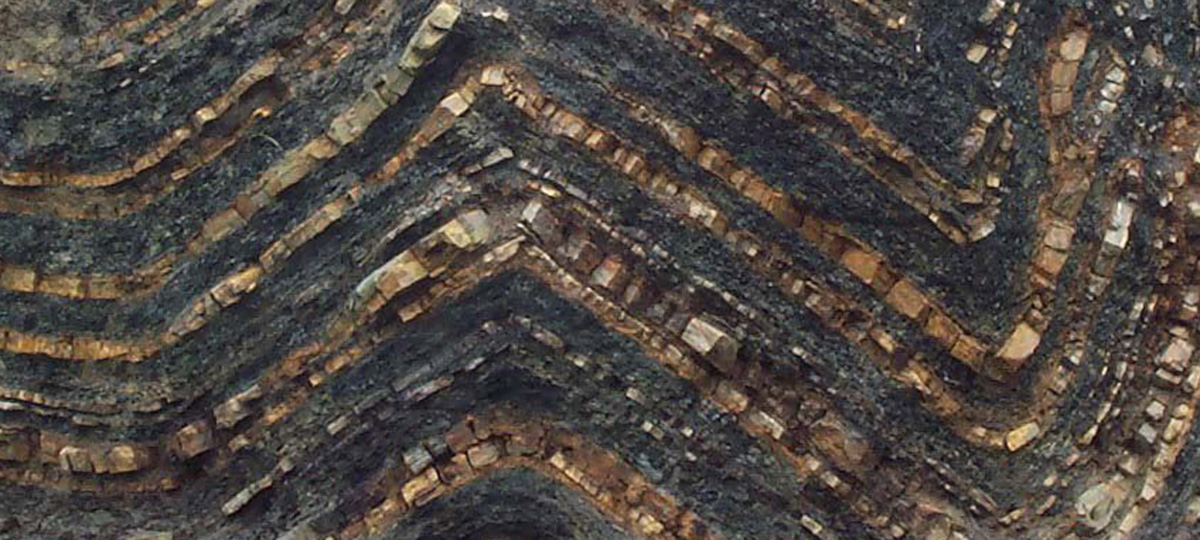Clastic sedimentary rocks are formed from the accumulation, compaction, and cementation of weathered rock fragments, providing a fascinating glimpse into the Earth’s dynamic past. These rocks serve as natural time capsules, preserving vital information about ancient landscapes, climate fluctuations, and erosional processes. Clastic sedimentary rocks exhibit a wide range of grain sizes, compositions, and colors, reflecting the diverse environments and conditions under which they formed.
Formation
Clastic sedimentary rocks form through a series of processes that involve the weathering and erosion of pre-existing rocks, transportation of the resulting particles, and deposition in various settings. Over time, these deposited sediments become compacted by the weight of overlying layers, and mineral cement fills the spaces between the particles, solidifying the rock. Clastic sedimentary rocks are often found in depositional environments such as river deltas, floodplains, lakes, and ocean basins.
Types
There are several types of clastic sedimentary rocks, based on the size of the particles they contain:
- Conglomerate:
A coarse-grained rock composed of rounded pebbles, cobbles, or boulders, cemented together by finer-grained material. Conglomerates form in high-energy environments, such as fast-flowing rivers or along coastlines. - Breccia:
Similar to conglomerate, breccia is composed of angular rock fragments instead of rounded ones. Breccias often form in tectonically active areas, such as fault zones, or as a result of landslides or volcanic eruptions. - Sandstone:
A medium-grained rock composed primarily of sand-sized particles, often cemented together by minerals such as silica, calcite, or iron oxide. Sandstones form in various environments, including deserts, river channels, and shallow marine settings. - Siltstone:
A fine-grained rock composed of silt-sized particles, which are smaller than sand but larger than clay. Siltstones typically form in calm depositional environments, such as floodplains or lakes. - Shale:
The finest-grained clastic sedimentary rock, composed mainly of clay-sized particles. Shales form in low-energy environments where fine particles can accumulate, such as deep ocean basins or quiet lakes.
Properties
Clastic sedimentary rocks display a range of properties that reflect their diverse origins, grain sizes, and compositions. They often exhibit layering or stratification, resulting from the sequential deposition of sediments over time. Some clastic sedimentary rocks contain fossils or trace fossils, which provide valuable information about ancient ecosystems and the history of life on Earth.
The colors of clastic sedimentary rocks can vary widely, depending on their mineral and organic content. For example, red or brown colors are often due to the presence of iron oxides, while gray or black colors can indicate the presence of organic material.
Significance
Clastic sedimentary rocks hold significant importance in various fields. In geology, they serve as essential tools for reconstructing Earth’s history, revealing information about past landscapes, climate changes, and erosional processes. They also serve as a source of valuable resources, such as building materials and reservoirs for oil and natural gas.
Clastic sedimentary rocks have important commercial and industrial uses. Sandstone is widely used as a building and decorative stone, while shale serves as a source of clay for brick and ceramic production and as a key component in the hydraulic fracturing process to extract oil and natural gas.
Understanding the formation, distribution, and properties of clastic sedimentary rocks is essential for managing natural resources, evaluating geological hazards, and mitigating the environmental impacts of their extraction and use.
Examples
-
Breccia
Breccia is a clastic sedimentary rock composed of angular rock fragments cemented together within a finer-grained matrix. These rock fragments can vary in size, composition, …
-
Sandstone
Sandstone is a clastic sedimentary rock primarily composed of sand-sized mineral particles or rock fragments. These grains are typically cemented together by minerals such as …
-
Shale
Shale is a fine-grained sedimentary rock that belongs to the clastic category. It forms from the compaction of silt and clay-sized mineral particles, resulting in …

Related Posts
-
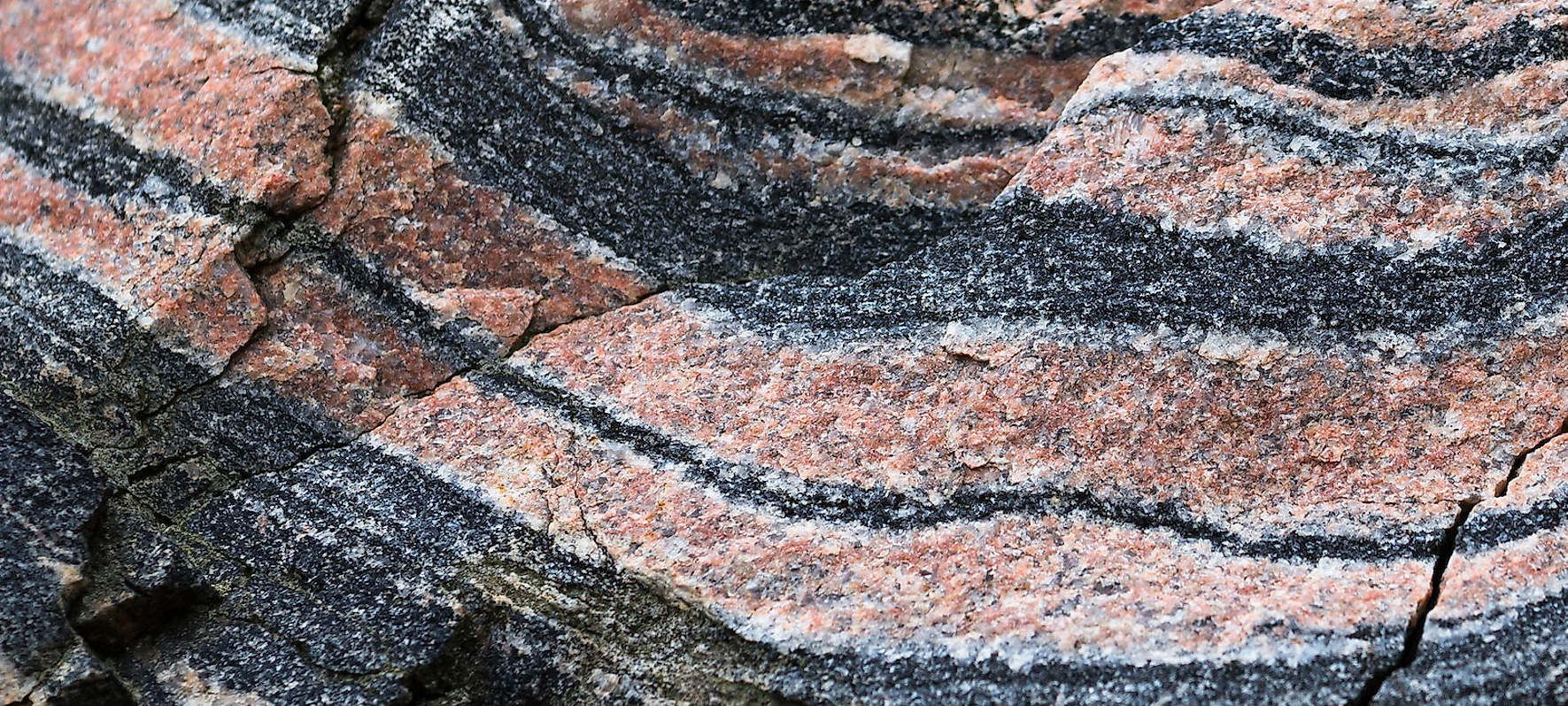
Metamorphic
Metamorphic rocks are a fascinating class of rocks that have undergone transformation due to intense heat, pressure, or mineral exchange deep within the Earth’s crust. …
-
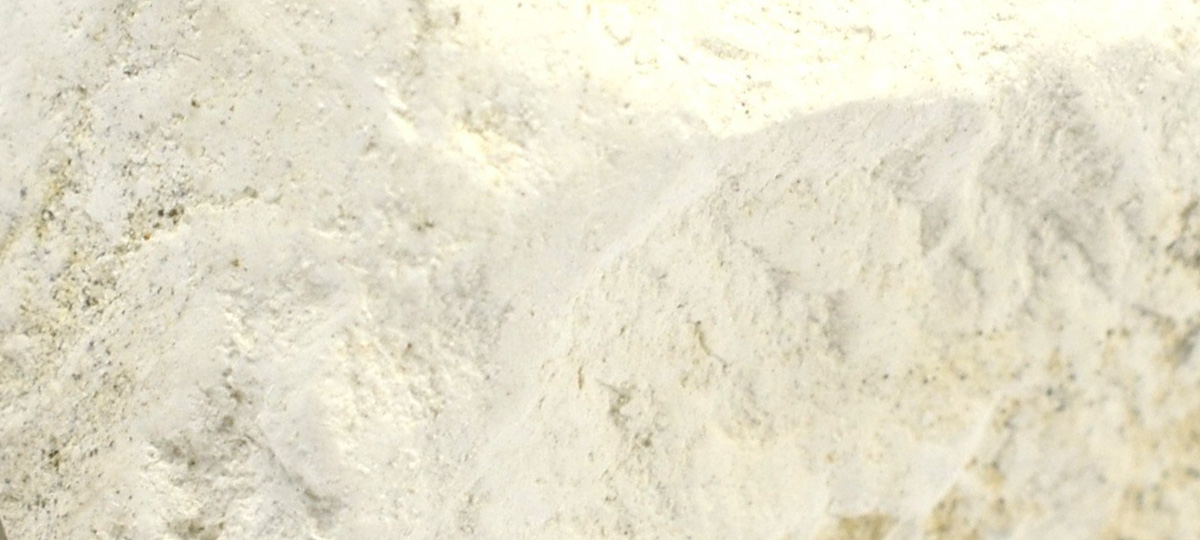
Organic Sedimentary
Organic sedimentary rocks are unique formations derived from the accumulation and preservation of plant and animal remains, providing a window into Earth’s biological history. These …
-

Chemical Sedimentary
Chemical sedimentary rocks are formed from the precipitation of dissolved minerals from water, often due to changing environmental conditions. These captivating rocks offer valuable insights …



